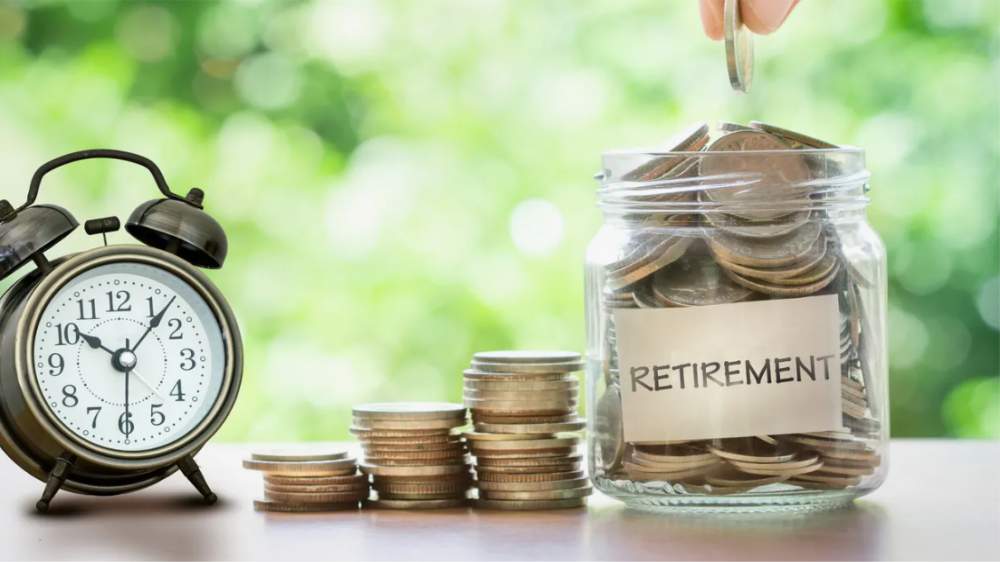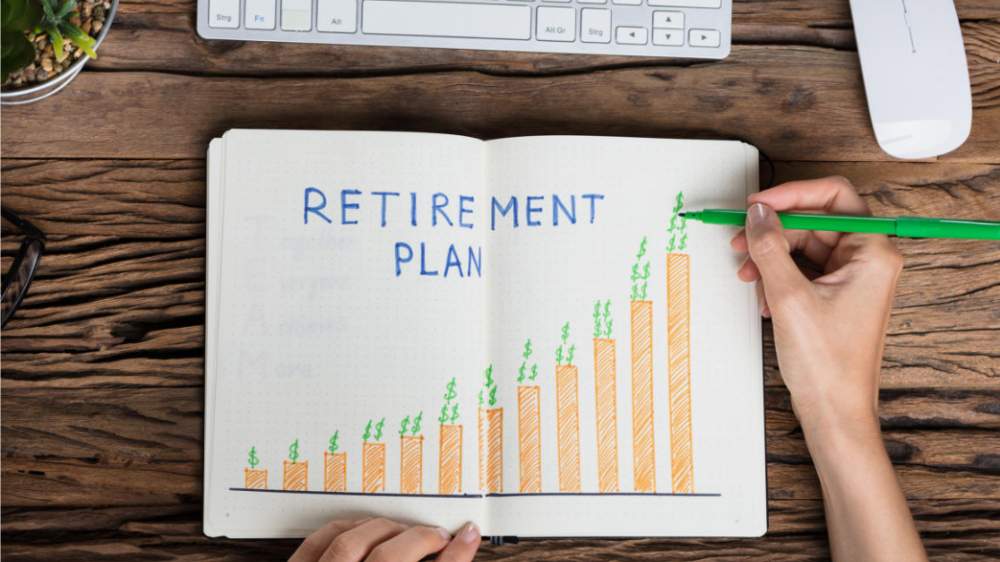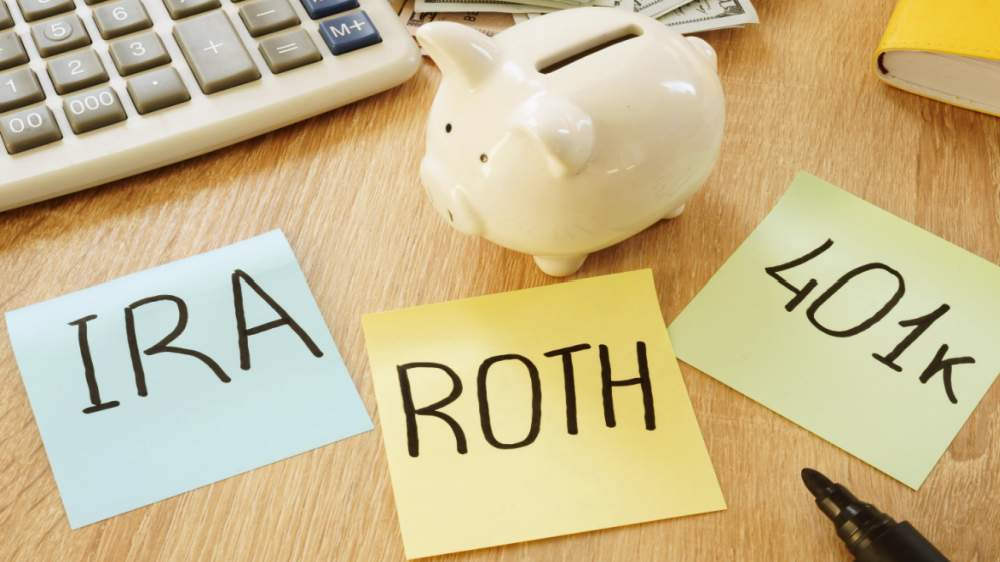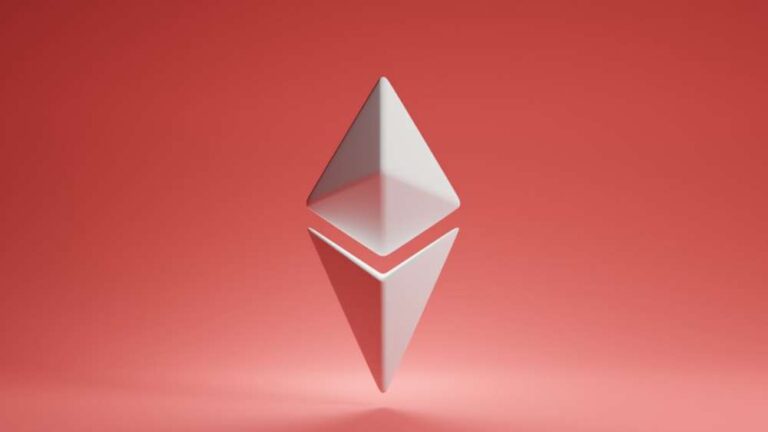Introduction: Why Retirement Planning Is More Than Just Saving Money
Let’s be real: retirement might seem like it’s ages away, especially when you’re in your 30s or 40s. But trust us, the earlier you start planning for it, the smoother your golden years will be. Retirement planning isn’t just about saving money; it’s about creating a future that’s financially secure, stress-free, and, most importantly, enjoyable.
Now, before you get visions of endless days lounging on a beach (though we’re totally down for that), retirement planning is more than just imagining what you’d do with a beach chair and a cocktail in hand. It involves setting goals, making decisions, and—most crucially—taking action. So, let’s dive into the essentials of retirement planning, making sure you have a blueprint that allows you to live your best life when the time comes.
Start Early, Reap Big Rewards: The Magic of Compound Interest
Okay, let’s talk about one of the most powerful tools in retirement planning: compound interest. Now, we know the phrase “compound interest” might sound like a financial buzzword that makes you want to glaze over, but trust us, it’s the magic sauce.
Why it matters:
- Compound interest makes your money grow: Simply put, compound interest means you earn interest on both the money you’ve saved and the interest that money has already earned. The earlier you start saving, the more time your money has to work its magic.
- The earlier you start, the less you need to save each month: Starting early means you don’t have to contribute huge chunks of your paycheck every month to reach your retirement goals. Your money starts growing faster, and it compounds, turning small amounts into substantial savings over time.
Think of compound interest like planting a tree. If you plant it today, it grows bigger and bigger over the years. If you wait 10 years, it’ll take a lot more effort to grow the same tree. So, get your money in the ground early!

How Much Do You Really Need? Estimating Your Retirement Expenses
One of the most important questions when it comes to retirement is: How much do you really need? Many people think they’ll be able to coast by on whatever money they’ve managed to save up, but not knowing the exact figure you need can lead to big problems later on.
Here’s how to estimate your retirement expenses:
- Living expenses: Consider how much you’re spending now and estimate whether that will increase, decrease, or stay the same in retirement. For example, you might spend less on commuting costs but more on healthcare.
- Healthcare costs: As you age, healthcare becomes more of a priority. Make sure you’re accounting for medical expenses in your retirement plan—trust us, the last thing you want to do is rely solely on Medicare.
- Debt payments: If you’re still carrying a mortgage, student loans, or credit card debt, plan for how to pay these off before you retire. You don’t want to be paying off debts when you’re supposed to be relaxing and enjoying life.
Once you estimate these expenses, you’ll have a better idea of how much you need to save in order to maintain your desired lifestyle.

Retirement Accounts: 401(k), IRA, and Other Options
When it comes to retirement planning, you’ve probably heard of 401(k)s and IRAs. But what do they really mean? And which one is the best for you?
Here’s a quick breakdown:
- 401(k): This is the retirement plan most people have through their employer. It allows you to save money pre-tax, meaning you won’t pay taxes on it until you take it out. The cool part is that many employers offer matching contributions, which is basically free money—definitely not something you want to miss.
- IRA (Individual Retirement Account): This is a type of account that allows you to save money for retirement on your own, outside of your employer. With traditional IRAs, you can deduct contributions from your taxes. With Roth IRAs, your contributions are made with after-tax dollars, but you don’t pay taxes when you withdraw money in retirement.
- Other options: You might also want to consider other types of accounts, like Health Savings Accounts (HSAs) for healthcare costs or annuities for guaranteed income in retirement.
The key to maximizing your retirement savings is to make sure you’re using the right accounts to match your goals. The more tax-efficient your savings strategy is, the more money you’ll have in your pocket come retirement.

Diversify Your Investments: Don’t Put All Your Eggs in One Basket
This old saying is one you definitely want to heed when it comes to your retirement funds. While it’s tempting to pour all your money into one investment (say, that hot stock everyone’s talking about), that’s a risky move.
Why diversify?
- Spread risk: The goal of diversification is to spread your investments across different types of assets—stocks, bonds, real estate, etc. This way, if one investment takes a hit, you don’t lose everything.
- Long-term growth: Different assets tend to perform well at different times, so diversification gives you a better shot at consistent returns over time.
- Peace of mind: When you’re not putting all your eggs in one basket, you can sleep easier knowing that you’re more prepared for market fluctuations.
A diversified portfolio is like a well-balanced diet. If you only eat candy (or only invest in one thing), you’re in trouble. But a healthy mix of assets will give you the best chance for steady growth.

Dealing with Inflation: Protecting Your Savings Power
Inflation is a sneaky little devil that can chip away at your savings over time. What you can buy with $1 today won’t be the same in 20 or 30 years.
Here’s how to combat inflation:
- Invest in growth assets: Stocks, real estate, and other assets that tend to outpace inflation over the long term are your best friends.
- Adjust your retirement goals regularly: As time goes on, you may need to revise your retirement savings goal to keep up with rising costs. So, don’t just set it and forget it—check in on your goals regularly.
- Consider annuities or other income streams: If you’re worried about inflation eating into your retirement savings, consider investment options that provide steady income and are inflation-protected, like certain types of annuities.
Inflation might seem like a slow burn, but over decades, it can make a big impact. Protect your future by staying ahead of the game.
Enjoying Your Retirement: More Than Just Financial Planning
Retirement isn’t just about having enough money to live. It’s about having enough money to live well. So, once you’ve sorted out the financial stuff, it’s time to think about what you’ll do with your time.
Retirement can be fun, fulfilling, and exciting! Here’s how:
- Hobbies: Whether you want to take up gardening, painting, or learn how to play the guitar, now’s the time to indulge in your passions. Retirement gives you the freedom to pursue activities you’ve always wanted to try.
- Travel: Always dreamed of visiting Europe, or perhaps hiking in the Andes? Retirement can be the perfect time to explore the world, especially since you’ll have the time to take longer trips.
- Volunteering: Many retirees find joy in giving back. Whether it’s working with animals, helping children, or supporting a local cause, volunteering can give you a sense of purpose and fulfillment.
Remember, retirement is about more than just money—it’s about making the most of your time. So, plan well, save wisely, and live fully.

Conclusion: Start Now for the Retirement You Deserve
Retirement might feel like it’s far away, but the truth is, the sooner you start planning, the easier it will be to enjoy your dream retirement. Focus on saving early, diversifying your investments, and preparing for the future. And, of course, don’t forget to enjoy the journey along the way!






